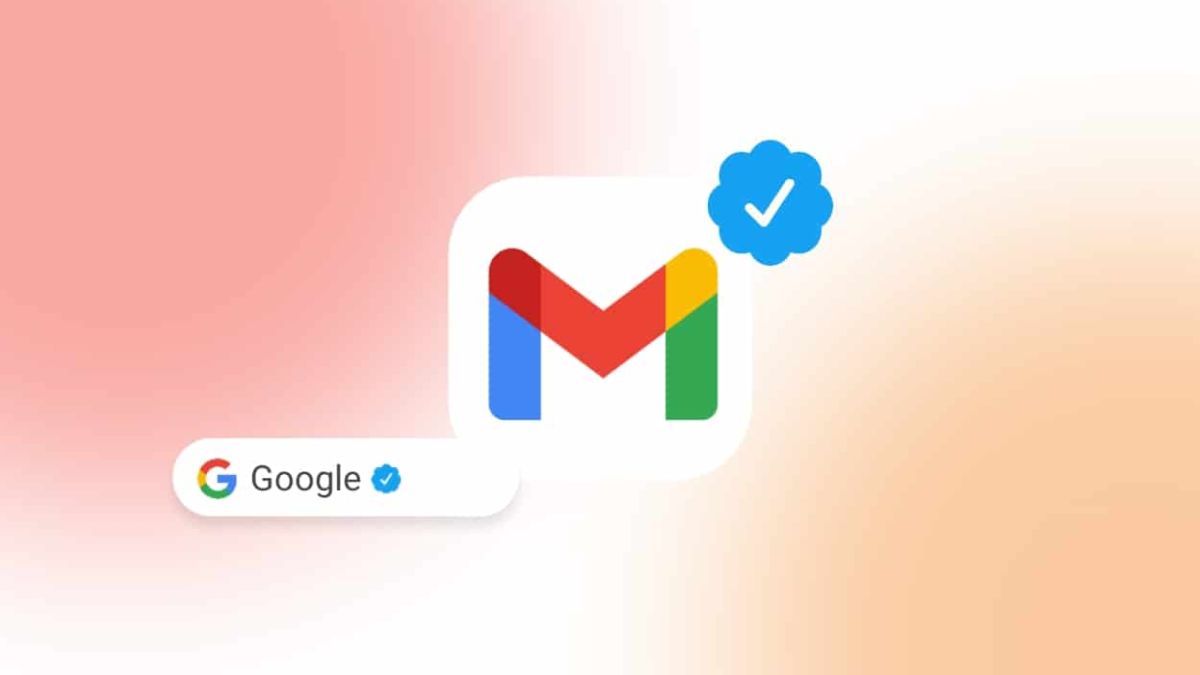
Advertisement
In late August 2025, a wave of alarming social media posts spread across X, TikTok, and Instagram, warning “all Gmail users must change their passwords immediately.” The message ignited panic among everyday users and business professionals alike, given Gmail’s dominance with more than 2.5 billion accounts worldwide.
The viral claims quickly painted a picture of a massive breach—suggesting login credentials had been exposed and urging everyone to reset passwords right away. But as is often the case in today’s digital rumor cycle, the reality turned out to be far more nuanced.
Google, the parent company behind Gmail, issued clarifications, confirming that no direct Gmail password breach had occurred. Instead, the confusion stemmed from a related data exposure connected to Salesforce, a major cloud provider. While sensitive login details were not stolen, the incident did reveal enough business and contact information to supercharge phishing campaigns, creating a fresh wave of risks for Gmail users.
This episode reflects a larger truth of our digital age: even when your password hasn’t technically been “hacked,” the surrounding ecosystem of personal data leaks, social engineering, and viral misinformation can still put your security in jeopardy.
So, should you change your Gmail password today? Or is the viral panic just another episode of click-driven chaos? Let’s unpack what really happened, why these claims spread, and the concrete steps you should take to secure your digital identity.
The Viral Spread of Gmail Panic
-
How rumors originated on TikTok and X.
-
How “urgent” warnings trigger fear psychology online.
-
Why misinformation about cybersecurity spreads so quickly.
-
Real-life accounts from users who rushed to reset passwords.
What Google Actually Said
-
Google’s official statement clarifying no Gmail passwords were leaked.
-
The Salesforce-related breach that fueled the rumors.
-
The difference between leaked contact data vs. actual account credentials.
-
Why Google urged vigilance instead of blanket resets.
The Real Risks Users Face
- Rise of phishing and vishing attacks targeting Gmail users.
-
Case studies: fake Google support calls and spoofed login pages.
-
Why exposed business data makes you more vulnerable.
-
The role of AI in amplifying scams and impersonations.
Securing Your Gmail the Right Way
-
Step-by-step guide: running Google Security Checkup.
-
Why passkeys are safer than passwords.
-
How to enable Two-Factor Authentication (2FA).
-
Best practices for password hygiene and device security.
-
What not to do (like falling for fake “change password” emails).
Conclusion
The Gmail password panic of 2025 underscores a critical point about digital trust: misinformation spreads faster than verified facts, and panic often replaces rational security behavior. While billions of users were urged to reset their passwords, the truth was simpler—there was no catastrophic Gmail breach.
Yet dismissing the warnings entirely would be equally dangerous. The Salesforce-linked leak did expose millions of contacts, fueling phishing attempts. And in an era where AI-powered scams can mimic voices, replicate login screens, and outsmart traditional defenses, the lines between rumor and real risk blur dangerously.
The takeaway? Gmail users don’t need to blindly follow viral instructions to reset their password every time a rumor surfaces. Instead, they must practice proactive digital hygiene: enable two-factor authentication, adopt passkeys, review account permissions, and remain skeptical of unsolicited emails or calls—even those that “sound” like Google.
In the end, security is less about reacting to panic and more about building resilience. And resilience begins with awareness, habits, and the confidence to know when a viral claim is nothing more than noise.
